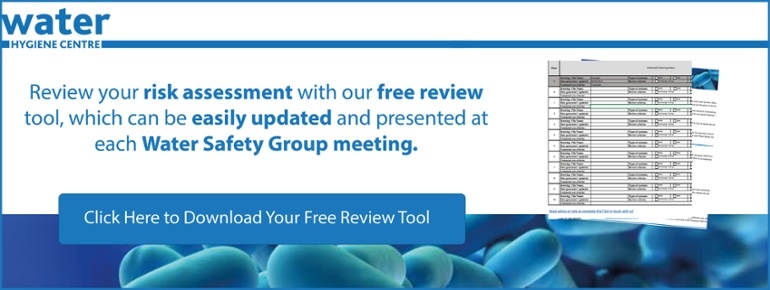 Mungo Jerry may have been a fantastic pop artiste, but I’d wager that he wasn’t aware of the hidden dangers lurking in our summer water fountains?...
Mungo Jerry may have been a fantastic pop artiste, but I’d wager that he wasn’t aware of the hidden dangers lurking in our summer water fountains?...
There is no finer time than the summer for taking a walk and enjoying the local scenery. If you are lucky, you may have a water fountain or water feature to take in and enjoy, but are there any potential risks to something so simple and seemingly innocuous? The short answer is, Yes!
Legionella bacteria and other microorganisms thrive in warm water (20-45°C), they require organic matter to support growth and they can be inhaled into the lungs by humans breathing in water droplets containing bacteria. Do these conditions sound familiar?... Many water features produce splashes and water droplets small enough to breath in and many have warm dirty water capable of harbouring deadly Legionella bacteria.
It is because of these risks that duty holders and employers have a responsibility to make sure that their water fountains and features are clean and maintained to reduce the proliferation and growth of harmful bacteria such as Legionella and in doing so protect their employees and the public.
In 2015, following a well-known outbreak in Manzanares, Spain, a decorative water fountain located by a bus station was identified as the source of the deadly bacteria. Sadly, the incident ended with four fatalities, and a total of 277 confirmed cases of Legionellosis.
Legionella Guidance- Good News Bad News
Good News! - There is government guidance available on how to manage your water features and other risk systems to reduce the risk of an outbreak “HSG 274 Part 3: The control of Legionella bacteria in other risk systems”. It states that duty holders for fountains and water features should ensure that they “Clean and disinfect ponds, spray heads and make-up tanks including all wetted surfaces, descaling as necessary”. How often I hear you ask? “As indicated by the risk assessment and depending on condition”.

Bad News! The word “vague” could understandably be aimed at the current guidance, so you’re going to have to put your thinking hat on. In our experience, new clients contact us out of sheer frustration on the lack of information about how to correctly manage these risks. The guidance also states six factors that can, in combination, be a source for the growth of Legionella (see below). Water fountains tick all six of them!

Who can help?
You can find the full set of three documents from the HSE regarding your duties to safe water management here. If you are responsible for a water feature or fountain, from the information above and the HSE guidance it is clear that you will need a Legionella risk assessment completed by a competent Legionellosis risk assessor. The Legionella risk assessment should contain among other things, clear recommendations in respect to the cleaning, maintenance and treatment required to keep the water feature safe and how often these tasks should be undertaken. The Legionella risk assessment should also consider:
- the source of the water with respect to the likelihood of Legionella contamination;
- the potential for microorganisms to grow;
- the potential for aerosol release;
- the likelihood and susceptibility of people being exposed to the aerosols.
Don’t spoil your summer with worry, get some peace of mind that you are fulfilling your duties and making sure everyone is happy and safe this summer, just like Mungo jerry!
Feel free to reach out if you have any questions about the issues mentioned above or if you would like to consult with one of our experts on water hygiene.
Editors Note: The information provided in this blog is correct at date of original publication - June 2019.
Image by ArtTower from Pixabay
© Water Hygiene Centre 2019








